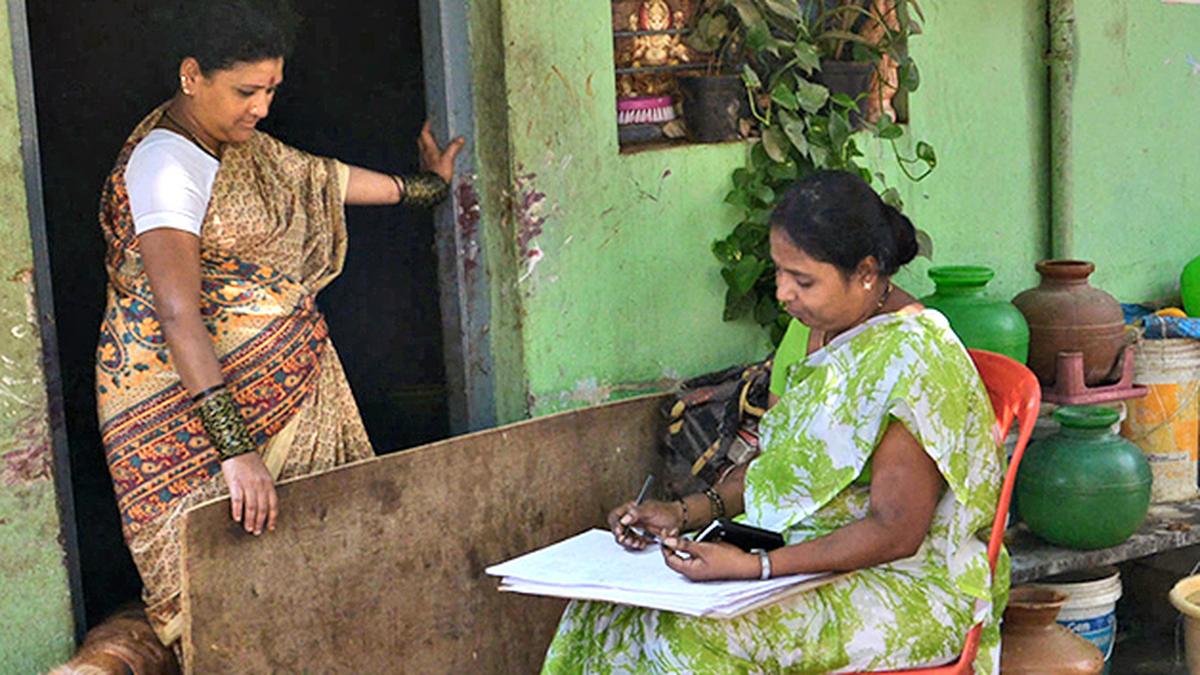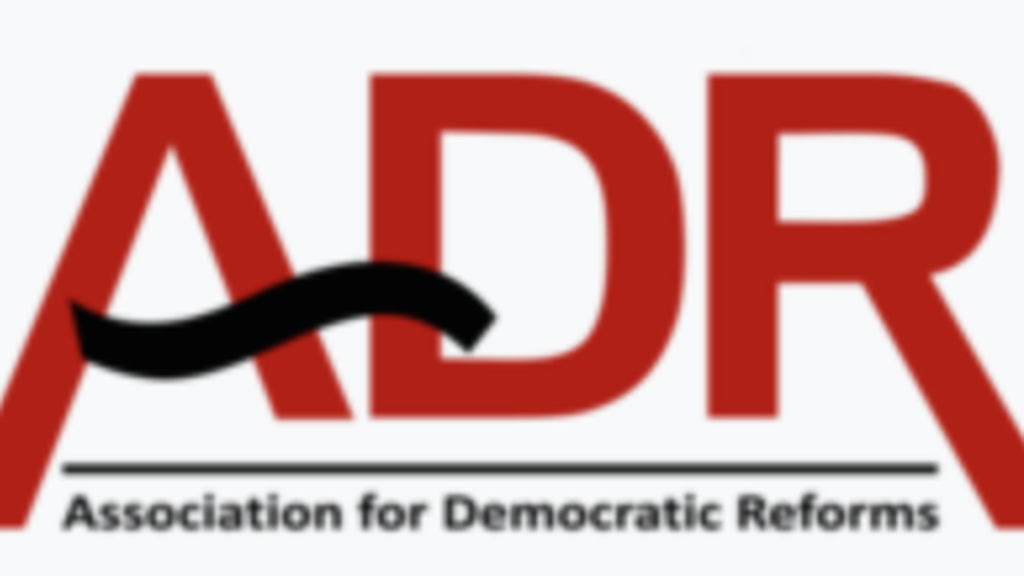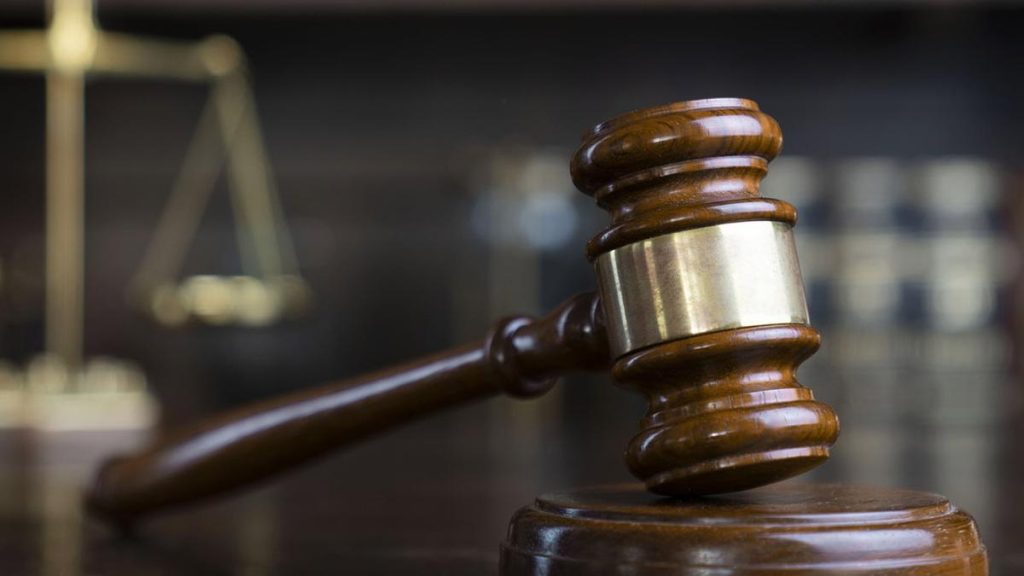Now Reading: Veerashaiva Mahasabha Calls for ‘Others’ Category in Religion Census
-
01
Veerashaiva Mahasabha Calls for ‘Others’ Category in Religion Census
Veerashaiva Mahasabha Calls for ‘Others’ Category in Religion Census

Swift Summary
- The Akhila Bharatha Veerashaiva mahasabha has requested Veerashaiva-Lingayats to enumerate themselves as “others” instead of Hindu in the religion column during the socio-educational survey starting on September 22.
- Forest Minister Eshwar Khandre,also the secretary-general of the mahasabha,advised communities to clearly mention their sub-castes and confirm data correctly before acceptance.
- The survey religion column includes categories for seven religions: hinduism, Islam, Christianity, Jainism, Sikhism, Buddhism, Zoroastrianism; as well as ‘atheist,’ ‘religion not known,’ ‘refused to declare religion,’ and ‘others.’
- Issues arose in 2015 when Veerashaiva Jangamas identified themselves under a Scheduled Caste subcategory (Beda Jangama) seeking reservation benefits.
- Various caste groups have objected to Christian sub-caste listings such as Brahman Christian or Lingayat Christian; claims assert individuals cannot simultaneously belong to Brahmin or Lingayat caste identities while being Christian.
- Dalit groups have opposed enumeration of dalit Christians during a recent Scheduled Castes survey due to Supreme Court rulings that maintain Christianity lacks a caste system.
Indian Opinion Analysis
The socio-educational survey reflects deep-rooted complexities in India’s intersection of religion and caste identity and underscores significant tensions surrounding self-enumeration practices.
The call by Akhila Bharatha Veerashaiva Mahasabha highlights aspirations for distinct recognition outside customary religious categories. This mirrors past attempts denied officially in 2015 but signals continuity in demands for more nuanced identity-based frameworks within policymaking structures.
Moreover,objections around listing Christian sub-castes underscore contestations over dual identities-viewed by critics either as misrepresentative or politically motivated-with implications tied closely to reservation entitlements across communities like Dalits and backward classes.
While inclusion aims broaden demographic understanding amid diversity-the responses signal unresolved intersections of law social definitions complexities shaping broader societal debates
























